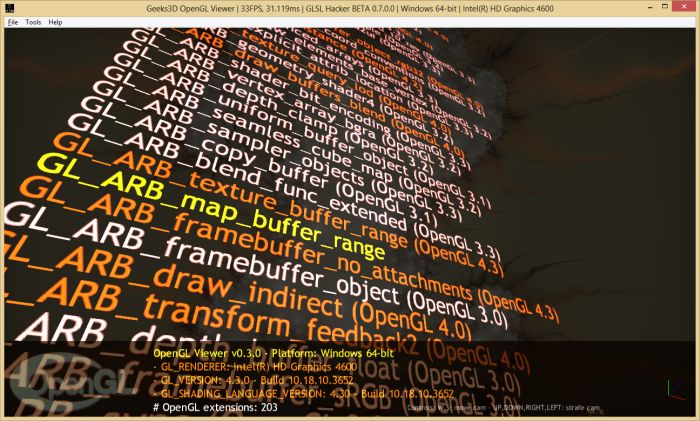
In order to update you have to do more than just run a single line of command. To work with the flags you must be familiar with the library so you know which features to enable or disable for your specific purpose. The installation is a tedious process, many things along the way can go wrong. You can select some Optimization flags and get fast performance in some areas of the library. The method allows you to add your own features or get rid of already present features, this is especially useful when you want to use a feature which does not come with the default installation or when you are deploying on a device with limited memory so then you can get rid of unnecessary features. The programmer can’t do any extra optimization by selecting different available Optimization flags. The programmer doesn’t have the ability to select features of his/her own choice. 
This method will install features that are preset by the library maintainers, these will be the most commonly used features.
 You can easily update the library with a single line too. The installation is really easy, you just have to run a single line of command. Installation with Package Manager (pip/conda): Now before we start with installing from source, you first need to understand what are the advantages vs disadvantages when you are installing from source vs with a package manager. By now you have realized that there are two ways to go about installing this library, one is the installation with a package manager like pip or conda, the other is an installation from source. Now if you have already used OpenCV in the past and want to have more control over how this library gets installed in your system then source installation is the way to go. Now if this is your first time dealing with OpenCV then I would highly recommend that instead of following this tutorial and installing from source, you just install OpenCV with pip by doing: It has been around for more than 20 years and contains 1000s of Optimized algorithms written in C++ and has bindings in other languages like python, java, etc. It’s the most widely used and powerful computer vision & Image processing library in the world. OpenCV stands for Open Source Computer Vision library. In this post we are going to install OpenCV from Source in Windows 10.
You can easily update the library with a single line too. The installation is really easy, you just have to run a single line of command. Installation with Package Manager (pip/conda): Now before we start with installing from source, you first need to understand what are the advantages vs disadvantages when you are installing from source vs with a package manager. By now you have realized that there are two ways to go about installing this library, one is the installation with a package manager like pip or conda, the other is an installation from source. Now if you have already used OpenCV in the past and want to have more control over how this library gets installed in your system then source installation is the way to go. Now if this is your first time dealing with OpenCV then I would highly recommend that instead of following this tutorial and installing from source, you just install OpenCV with pip by doing: It has been around for more than 20 years and contains 1000s of Optimized algorithms written in C++ and has bindings in other languages like python, java, etc. It’s the most widely used and powerful computer vision & Image processing library in the world. OpenCV stands for Open Source Computer Vision library. In this post we are going to install OpenCV from Source in Windows 10.








